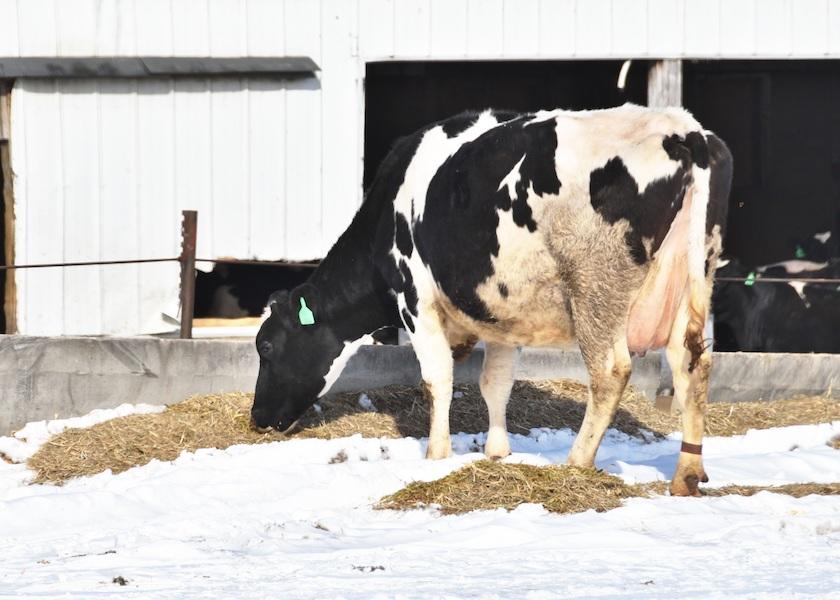6 Steps to help You Assess Fetal Calf Loss

This article originally appeared in Dairy Herd in 2020.
An abortion or stillborn calf could be a one-off situation that makes for a very bad day. Or it may be a sign of a major problem that is brewing on a dairy. Either way, determining the cause of fetal calf loss requires a team effort between you, the producer and the diagnostic lab, according to Cameron Knight, veterinary pathologist at the University of Calgary.
“About 1% of pregnancies annually is the standard of acceptable herd-wide fetal calf loss,” Knight says. “Producers should be concerned if that percentage climbs to 4%. But in practice, the herd veterinarian generally is consulted after three abortions, regardless of herd size.”
Knight says the diagnostic success rate for a single abortion is relatively low, at about 25% to 50%. Determining the cause becomes more accurate when more cases are involved, but of course that also means a larger issue for the herd. And you never know if a single abortion is an isolated incident, or the start of an outbreak that causes an “abortion storm.”
To help improve the diagnostic success for a herd, Knight advises:
1. Weigh, measure and photograph every aborted fetus. Even if you don’t submit an isolated abortion for diagnostic work, it is important to record history from it, in case more abortions follow. Measure the length of the fetus from the dome of the head, just behind the eyes, to the junction of the sacrum and tail head to determine the “crown-rump length.” The fetus should be straightened out as much as possible before measuring, with the muzzle pointed down.
2. Determine fetal age. The crown-rump length of the aborted fetus can be used to determine its age using online assessment tools like this one.
3. Assess fetal autolysis. Tissues soften after death due to leakage of intracellular enzymes through a process called autolysis. Autolyzed fetuses are soft and dark red and may ooze watery fluid. Fetuses in this state likely have been dead for a long period before being expelled by the cow. Conversely, fresh fetuses that died suddenly will appear pinker and firmer. It is important to distinguish autolysis, which occurs after death even under sterile conditions, from ordinary bacterial decomposition.
4. Collect the aborted fetus and placenta. If you plan to pursue diagnostic work, collect the fetus and placenta in a clean plastic bag, and refrigerate it until it is submitted. The diagnostic value of the placenta is equal to – or even greater than – that of the fetus. The importance of the placenta in the diagnostic workup cannot be over-emphasized, Knight says.
6. Provide records. Let the producer know whether you need the cow’s breeding date and method, vaccination history, nutritional background, therapeutic treatment history, and possible toxin exposure, to support any diagnostic work.
“Even if a diagnostic work-up of a fetal calf loss is inconclusive, it may still provide value in ruling out factors that did not cause the abortion, such as infectious agents.” says Knight. “This knowledge can help you shift diagnostic focus to other possible causes, such as genetic abnormalities, toxins or nutritional issues.”
Knight addressed the topic of investigating fetal calf loss at the 2020 Western Canadian Dairy Seminar.







